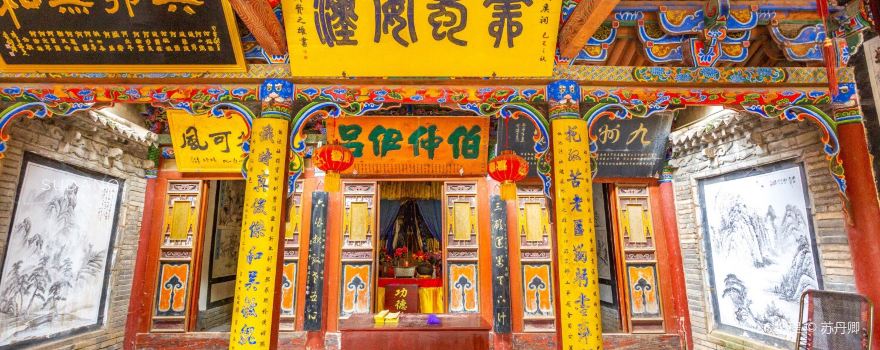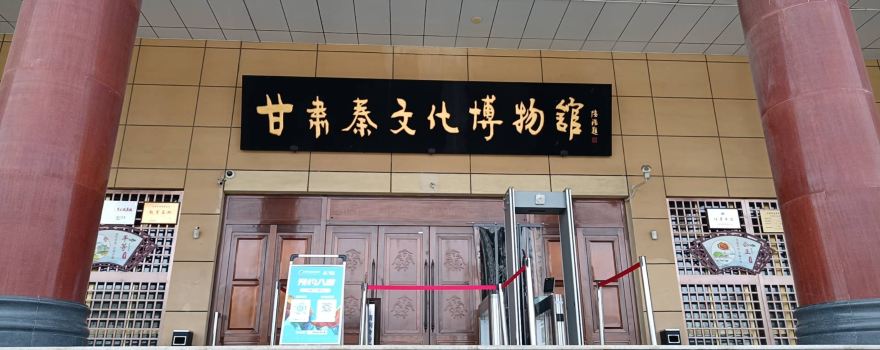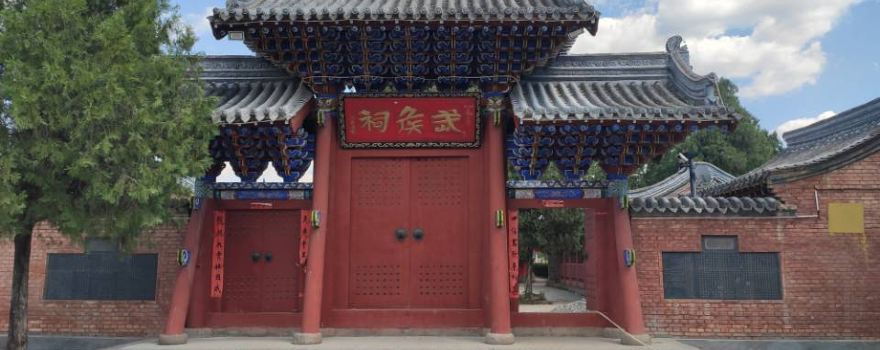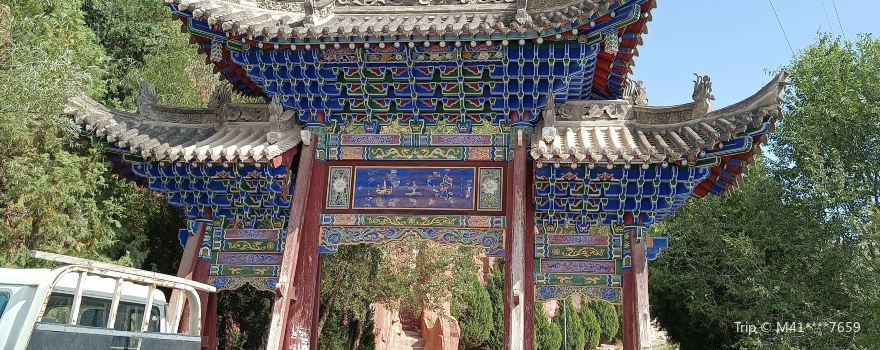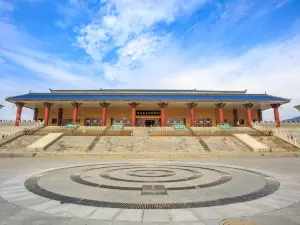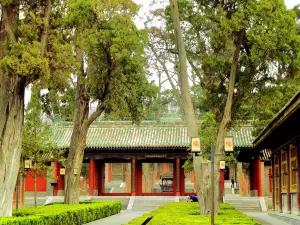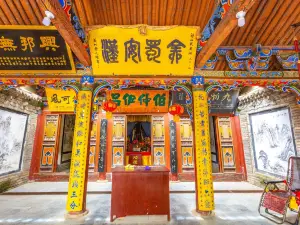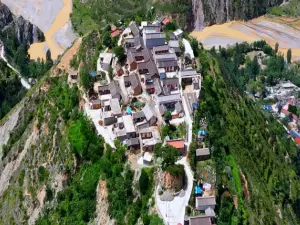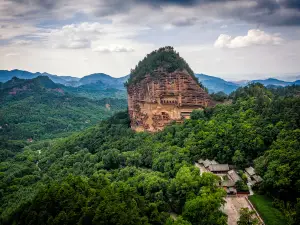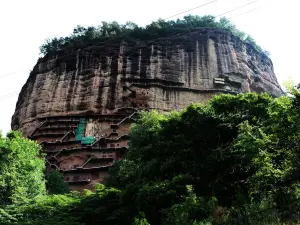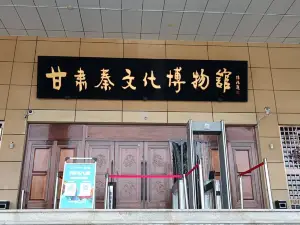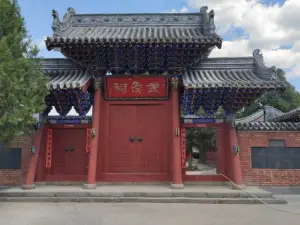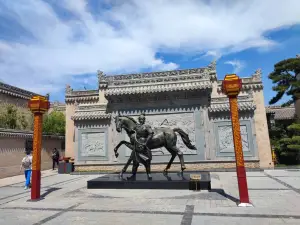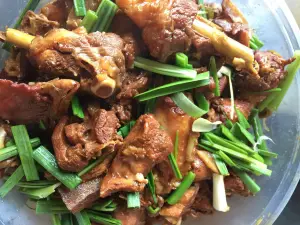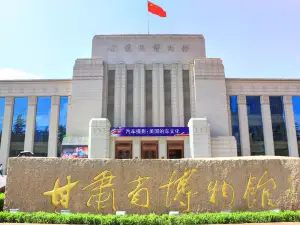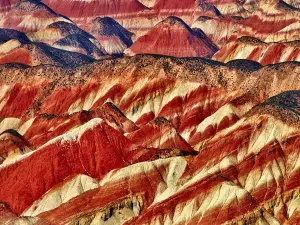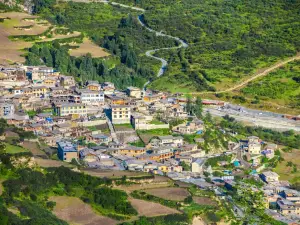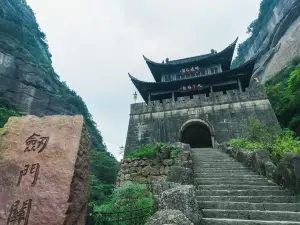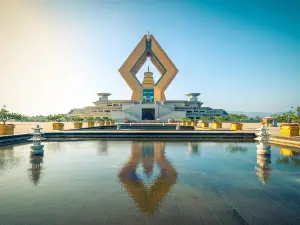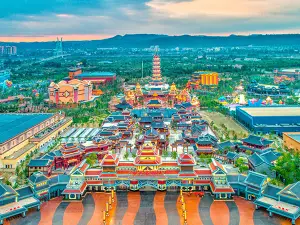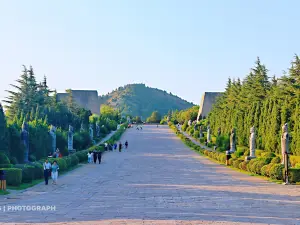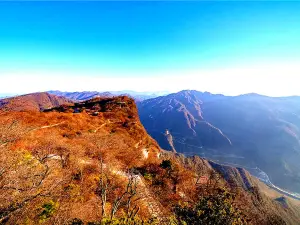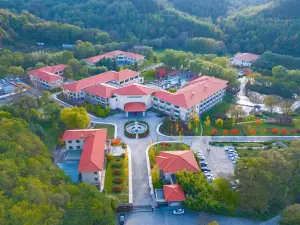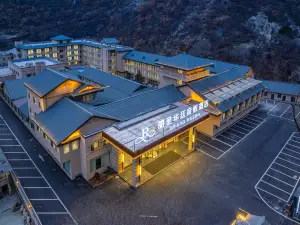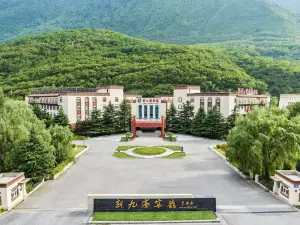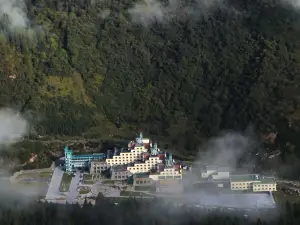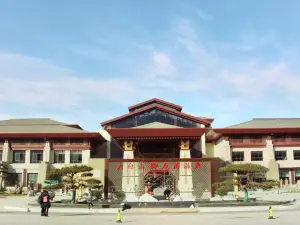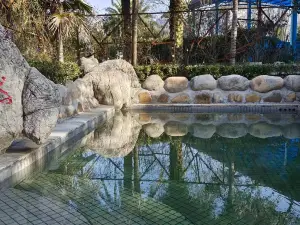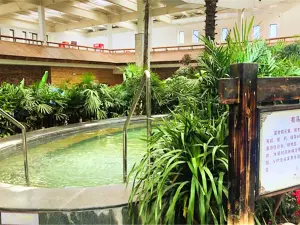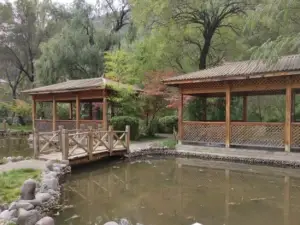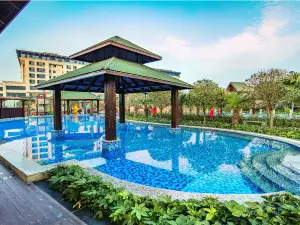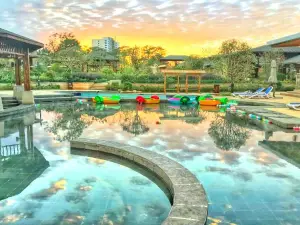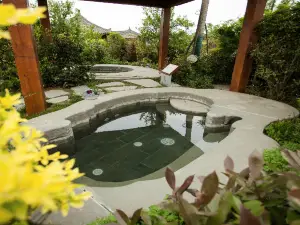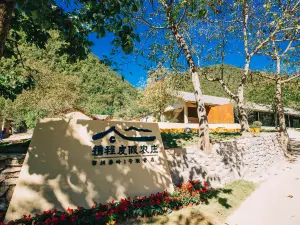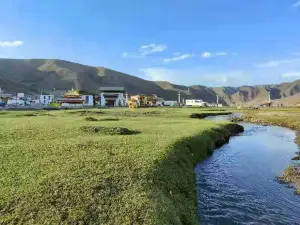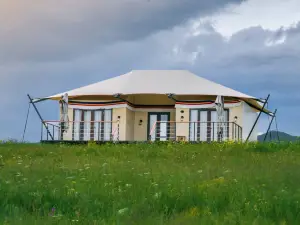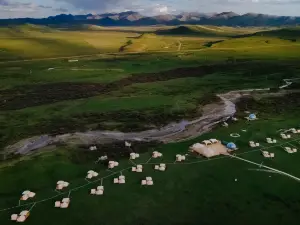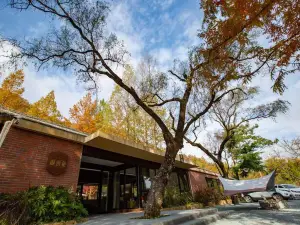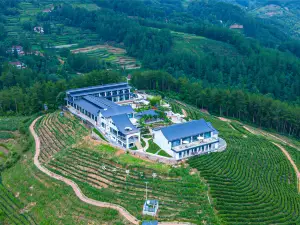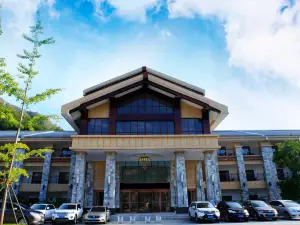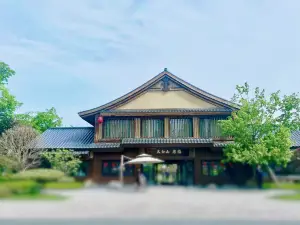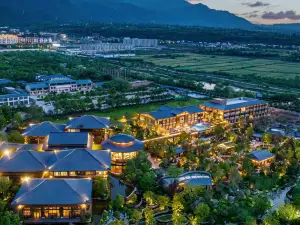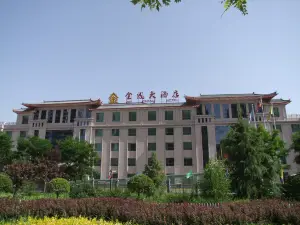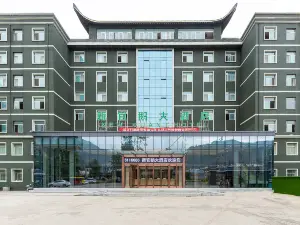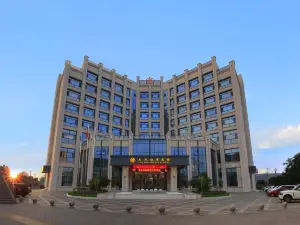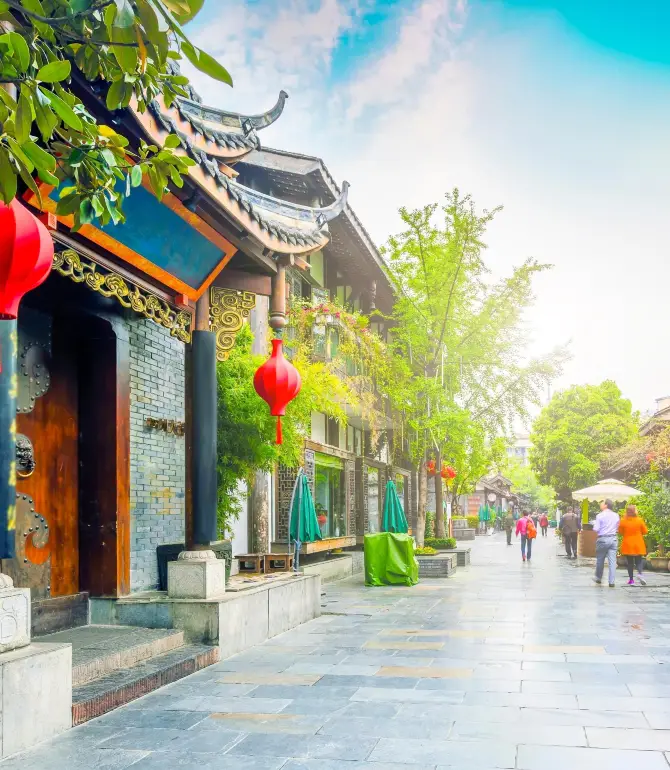See 38 photo
Li County
View Local Experiences on Map
Li County Travel Guide
Li County is a city in Gansu, China. It has many popular attractions, including Gansu Qin Culture Museum, Wu Hou Shrine, 朱雀村, perfect for a trip!
Show Less
- Cloudy 8 - 19℃

Li County Travel Guide
Destination Overview
Other
Destination Introduction
Li County is a city in Gansu, China. It has many popular attractions, including Gansu Qin Culture Museum, Wu Hou Shrine, 朱雀村, perfect for a trip!
Show Less
Weather
℃ | ℉
Today
17 Apr, 2024
8
°

Cloudy
8-19℃
18 Apr, 2024

Clear
22℃/10℃
19 Apr, 2024

Light rain
18℃/6℃
20 Apr, 2024

Light rain
21℃/7℃
21 Apr, 2024

Light rain
21℃/10℃
22 Apr, 2024

Light rain
22℃/8℃
17 Apr, 2024 Li CountyWeather:Cloudy.Northeasterly wind:0–10 km/hour.Humidity:79%.Sunrise/Sunset:06:24/19:33
Li CountyTravel:Suitable.Umbrella:Advised.UV Strength:Very low
Show Less
Experience Li County
What to Do
Looking for things to do in Li County? We provide up-to-date info on everything from must-see scenic spots to local hangouts.
View More
What to Eat
Want to eat like a local? Don't miss out on these top Li County dishes and foodie spots.
View More
Discover the Real Li County With a Local Expert
Post
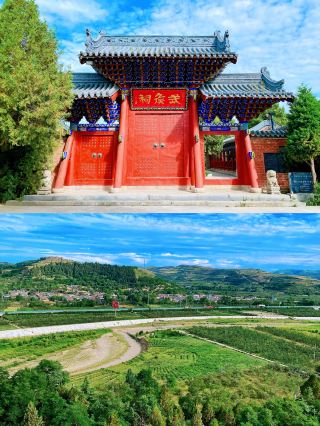
Three Kingdoms Relics - Qishan Wuhou Shrine
MARIAH MORRIS
View More
More Ways to Enjoy Li County
Popular Types of Attractions in Li County
Nature | Mountains | Forests | Lakes | Architecture & Landmarks | Squares | Featured Neighborhoods | Historical Architectures | Religious Sites | Churches and Cathedrals | Memorial Temples | Temples | Exhibition Centers | Museums | Memorial Halls | Fine Art Galleries | Historic Sites | Historical Sites | Ancient Towns | Cemeteries | Traditional/Cultural Experiences | Villages | Farms | Traditional Experiences | Parks | City Parks | Botanical Gardens | Water Parks | Lifestyle | Resorts
Popular Attractions in Li County
Popular Restaurants in Li County
大灶柴火鸡柴火鱼 | 利雅德山庄 | 口福香川菜(二幼店) | 流河火锅鸡 | 聚点火吧 | 卤味轩 | 蜀江南主题火锅城 | Rujunyunnanguoqiao Rice Noodles | 三顾冒菜 | 德克士(礼县店) | 码头故事 | 马有布牛肉面(礼县店) | 寻味小厨 | 胖子鱼 | 留园火锅 | 情味涮健康小火锅 | 喝丢一只鞋(东新北路店) | 状元楼火锅(礼县店) | 利雅德餐厅 | 砂锅李 | 秦娃老潼关肉夹馍(礼县店) | 清真秦鼎印象 | Tianyuan Home-Style Cooking | 航航手擀面 | 优点匠心(礼县店) | 哥俩焖锅烧烤(河畔金城小区店) | 大龙火锅(秦汉大道店) | 迈德思客(礼县东新南路店) | 礼县味美思蛋糕店 | 鸭恋虾特色火锅
Popular Destinations
Türkiye Travel | Ibiza Travel | United Kingdom Travel | Munich Travel | Zhangjiajie Travel | Macau Travel | Perth Travel | Kyoto Travel | Blackpool Travel | Tirana Travel | Seville Travel | Budapest Travel | Morocco Travel | Split Travel | Venice Travel | Shangri-La Travel | Muscat Travel | Rhodes Travel | Vienna Travel | Reykjavik Travel | Gorod Kaluga Travel | Zunhua Travel | Okayama Prefecture Travel | Frauenau Travel | Davis County Travel | Clinton County Travel | Naoshima Travel | Vladimir Travel | Lancaster County Travel | Morrison County Travel
Recommended Attractions at Popular Destinations
Bangkok attraction near me | Tokyo attraction near me | Manila attraction near me | Hong Kong attraction near me | Seoul attraction near me | Taipei attraction near me | Los Angeles attraction near me | New York attraction near me | Shanghai attraction near me | Kuala Lumpur attraction near me | Shenzhen attraction near me | Guangzhou attraction near me | Osaka attraction near me | Singapore attraction near me | London attraction near me | San Francisco attraction near me | Beijing attraction near me | Macau attraction near me | Bali attraction near me | Paris attraction near me | Orlando attraction near me | Jakarta attraction near me | Ho Chi Minh City attraction near me | Phuket attraction near me | Chicago attraction near me | Toronto attraction near me | Cebu attraction near me | Dallas attraction near me | Istanbul attraction near me | Dubai attraction near me
More Things To Do in Li County
China eSIM Day Pass/data Package days selected without cards QR code | China Mainland/Hong Kong/Macau eSIM (QR Code) | China Mainland eSIM|China Mobile Unlimited 4G High Speed Data | China, Hong Kong, and Macau eSIM|Total 5GB/10GB/15GB/20GB High-speed 4G LTE Unlimited high-speed data | Asia・Australia eSIM|AIS SIM2Fly 8 days 6GB High-speed Unlimited 5G/4G Data | Mainland China eSIM |China Mobile 4G high-speed unlimited data eSIM | [China Mainland] eSIM | SIM to China | 8GB 8days 4G high speed | Mainland China + Hong Kong + Macau eSIM 4G Data Daily Plan QR Code | Trip.SIM Japan, South Korea, Macau, Taiwan and many places in Asia + Australia and New Zealand 4G travel data roaming phone network card 4 days/7 days | eSender - Mainland China eSIM daily package/traffic package, days optional. No need to get the card QR code | Mainland China + Hong Kong + Macau eSIM Data Plan QR Code | China/Hong Kong/Macau eSIM high-speed network for travel/business | China, Hong Kong, Macau 4G SIM Card (HK, Macau, Taiwan, China Delivery Only) | [China, Hong Kong and Macau] 4G network | Unlimited traffic | Self-pickup at the airport | WiFi rental, high-speed traffic, shared by multiple people, ready to use at startup, 12H standby, 24H customer service | Global multi-region A series eSIM|High-speed data, travel and business Internet access, optional unlimited data, optional days, QR code | eSender- Brunei/Indonesia/Singapore/Japan and many other countries and regions eSIM daily package/data package (QR code) | China, Macau eSIM - Data plan by Gohub (QR Code) | Lanzhou Private Day Tour to Tianshui Maiji Mountain Grottoes Fuxi Temple | Tianshui Private Day Tour to Maijishan Grottoes | Private tour to Tianshui Maiji Mountain Grottoes with lunch start from Tianshui | 2-Day Private Tour of Maiji Grottoes Fuxi temple & Shuiliandong | AIS Asia esim data package (QR code) | 2-day tour to Mujishan Grottoes Fuxi Temple and Shuidan Cave departing from Tianshui | Tianshui Private Day Tour to Maiji Mountain Grottoes and Fuxi Temple with Lunch | Global multi-region B series eSIM|Universal in 54 countries Travel and business Internet access Optional unlimited data Optional days QR code | Global eSim for 140+ countries (sent via email) by Xplori | Tour to Tianshui Mujishan Grottoes with lunch departing from Tianshui | Private Day Tour Tianshui Private Tour to Maijishan Grottoes | Global multi-region C series eSIM|Common in 84 countries Travel and business Internet access Optional unlimited data Optional days QR code | Asia 9 Destinations eSIM 4G Data Plan QR Code
Payment Methods
Our Partners
Copyright © 2024 Trip.com Travel Singapore Pte. Ltd. All rights reserved
Site Operator: Trip.com Travel Singapore Pte. Ltd.
Site Operator: Trip.com Travel Singapore Pte. Ltd.
